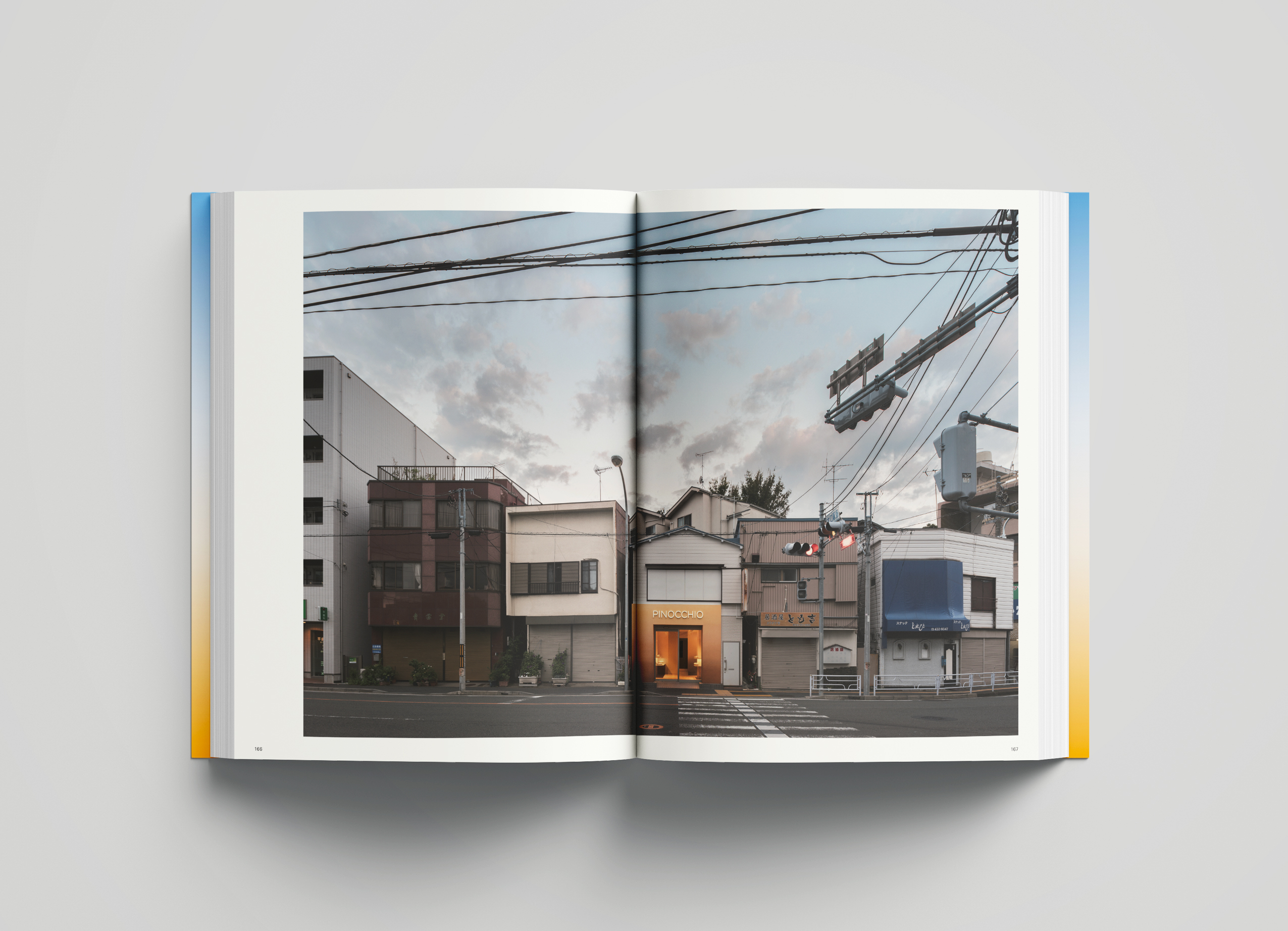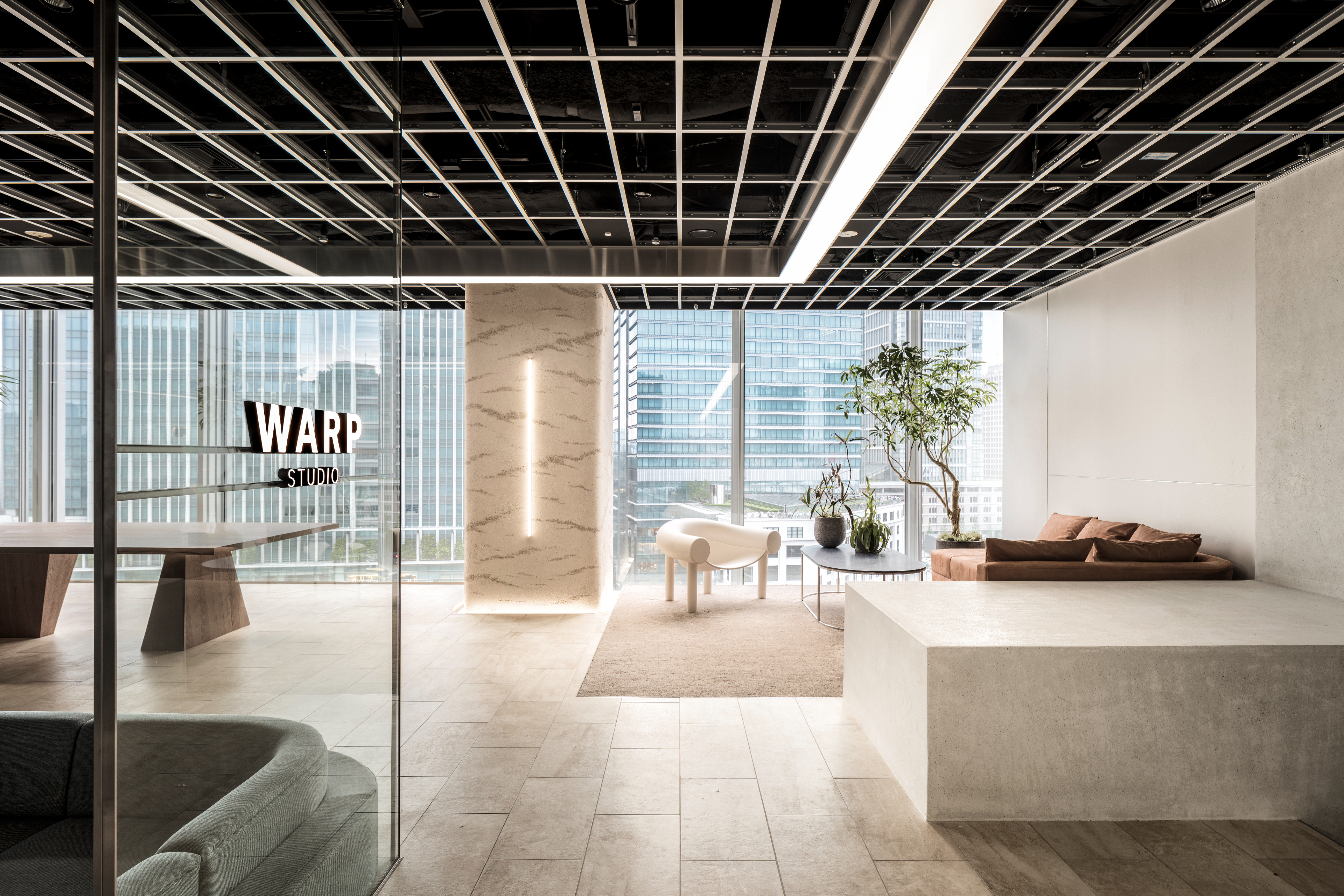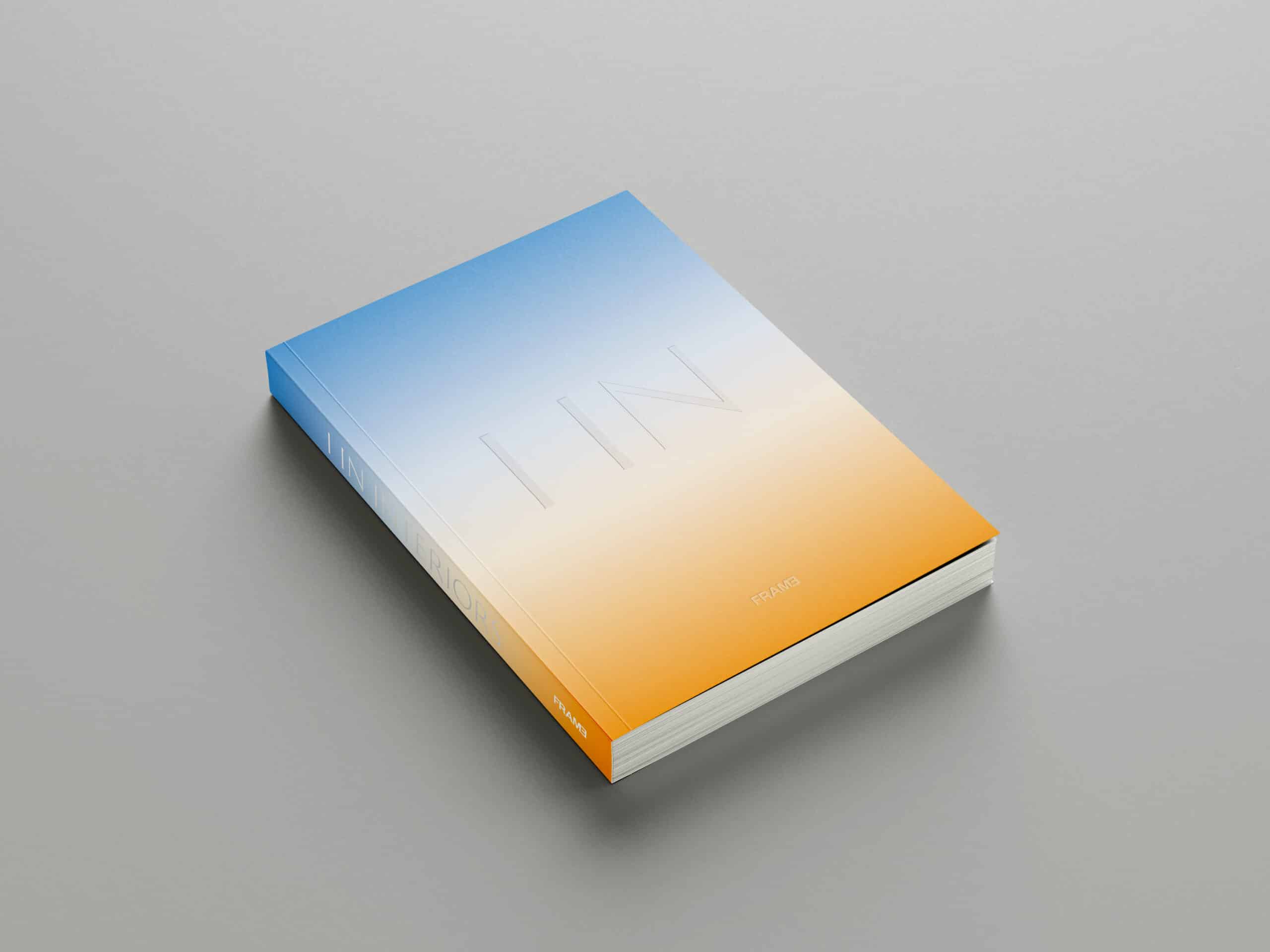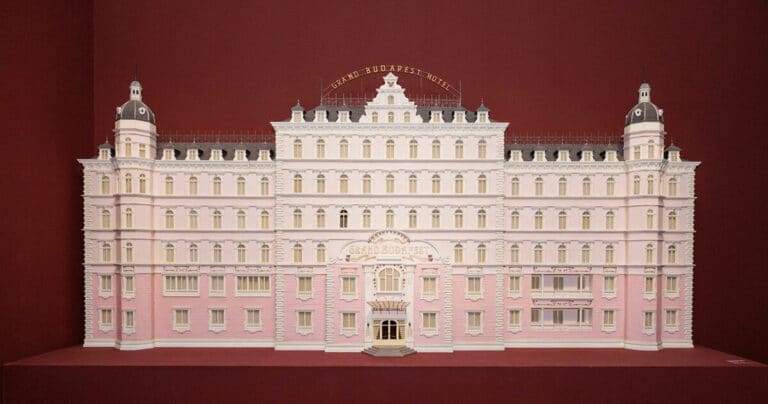I-IN Studio: Embodiment of Contemporary Japanese Design
I-IN Studio stands as a living example of contemporary Japanese design, reflecting excellence in blending simplicity with creative artistic touches. Since its establishment, its portfolio has expanded to encompass a variety of projects, ranging from offices inspired by science fiction to the understated luxury that characterizes prestigious reception areas like Cartier’s lobby.
Design Approach at I-IN: Simplicity and Creativity
At the heart of I-IN Studio’s work lies a commitment to simplicity, where aesthetic elements are seamlessly integrated with practical functions in a meticulous manner. This approach demonstrates the studio’s ability to deliver projects that not only focus on external beauty but also deeply reflect a connection to Japan’s cultural heritage.
The New Book: A Deeper Look into the Studio’s Works
The new book from I-IN Studio marks an important step in showcasing the studio’s work and philosophy. Simply named after the studio, the book presents a blend of modern architecture with touches of Japanese heritage. It also includes a critical essay by Davin Woo, editor at Wallpaper magazine, who highlights the unique style that defines the studio’s designs.
Flipping Through the Pages of I-IN’s New Book: A Distinctive Architectural Vision
I-IN Studio, located in Tokyo and led by founding partners Yuhei Terui and Hiromu Yuyama since its establishment in 2018, has become one of the prominent names in contemporary architectural design. The studio has distinguished itself through its involvement in a variety of projects, both large and small, where each project reflects meticulous attention to detail and an innovative approach to simplicity. Its portfolio includes projects such as the headquarters of the Japanese haircare brand Kinogo, the Cartier Guest Lounge known for its luxurious yet restrained atmosphere, and the futuristic office for Warb Studio, all of which are located in the Japanese capital, Tokyo.
Japanese Design: Tradition Meets Innovation
The book, published by Frame Publishing, showcases these projects and more, presenting a series of case studies that highlight the balance between innovation and simplicity in the studio’s work. Through these projects, readers can explore how I-IN Studio reflects Japanese traditions and design heritage in a contemporary style, creating designs that resonate with the sensitivities of the twenty-first century.
Simplicity as a Design Strength
The studio’s work demonstrates that simplicity is not merely about reducing forms or minimizing materials, but rather a style that aims to create spaces that are warm and welcoming while maintaining clarity in lines and details. This simplicity in design allows architectural spaces to breathe and naturally engage with their users, making each project reflect a delicate balance between elegance and functionality.


Simplicity at I-IN Studio: From Design to Feel
Although I-IN Studio is renowned for its simple design, this simplicity does not imply coldness or harshness. On the contrary, the studio’s spaces feel warm and welcoming. These spaces are characterized by softness and flexibility, making them tactile and easy to engage with. The studio’s skillful use of curves, textures, and varied materials enhances this feeling, creating an architectural environment with profound meaning that aligns perfectly with its intended purpose.
Design Philosophy: Innovation Without Conformity
In the introduction to his book, Davin Woo highlights one of I-IN Studio’s greatest strengths. He states, “Many architects and designers settle on a distinctive look very early in their careers, or at least strive to achieve it – a visual signature that clearly identifies the designer’s mind behind a specific design. It’s a useful business card, especially as it helps the studio stand out from others due to its unique and distinctive style.”
Excellence in Diversity
What sets I-IN Studio apart is that it does not adhere to a fixed style or repeated appearance. Instead, it continues to innovate while maintaining its distinctive design philosophy that integrates modernity with Japanese heritage. This ability to adapt and continuously innovate places it among the studios that enjoy significant appeal in the world of architectural design.


The Studio and Practice: Calm Thinking and a Flexible Approach
I-IN Studio, led by Hiromu Yuyama and Yuhei Terui, offers a unique model in the world of architectural design. Although the studio’s works do not bear distinctive, obvious marks that would immediately make an observer say, “These are the works of I-IN Studio,” there is one constant element in every project: their “calm thinking” and the clarity of design. These qualities are not only evident in the final form of the spaces they create but also extend to the flexible approach they adopt in each project.
The Studio’s Strength: Innovation with Simplicity
What truly sets I-IN Studio apart is its ability to deliver projects that strike a delicate balance between innovation and simplicity, making each project distinctive in its own way without the need for a clear and recurring visual signature. The approach the studio takes in its designs makes them a quiet force in the field of architecture, and this is what makes them worthy of recognition in the contemporary design world.





